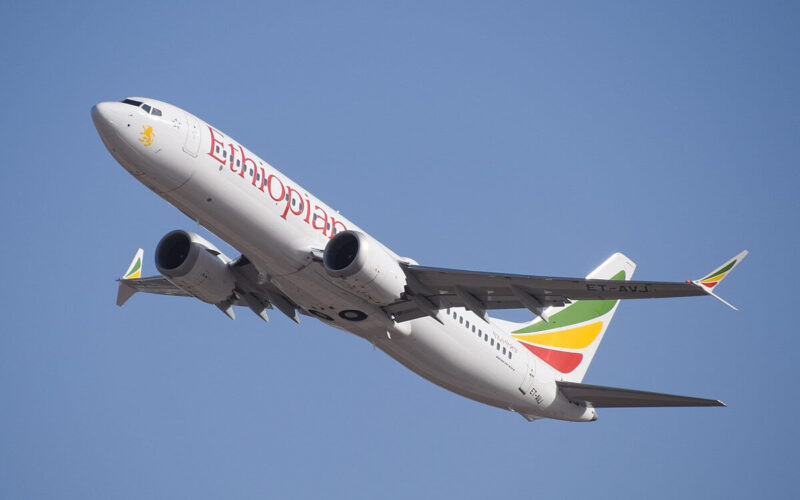The Ethiopian Airlines Boeing 737 MAX 8 pilots who crashed on March 10, 2019, followed the procedures and disconnected the MCAS system but failed to regain control of the aircraft, says preliminary report.
The pilots initially followed the guidelines issued by Boeing on how to disable the MCAS after the deadly crash of Lion Air on October 29, 2018, said Ethiopia’s Transport Minister Dagmawit Moges in a press conference, quoting the preliminary report. However, as they failed to regain control of the aircraft, the flight crew restarted the system – to no avail.
The first findings, based on the analysis of the flight recorders data, are that the Boeing 737 MAX 8, registered ET-AVJ, possessed a valid certificate of airworthiness at the moment of the crash, pilots had the correct qualifications and licenses to fly the aircraft, take-off procedures were nominal and Ethiopian Airlines pilots followed all the correct procedures, which did not prevent the nose of the plane from going down.
So far, two safety recommendations were issued, one asking for Boeing to review the flight control system related to the ability to properly control the flight, the second demanding for aviation authorities to properly review the update of the flight control system made by the manufacturer before the Boeing 737 MAX is deemed airworthy again.
Ethiopian Airlines published a statement following the release of the preliminary report: “Despite their hard work and full compliance with the emergency procedures, it was very unfortunate that they could not recover the airplane from the persistence of nose-diving.”
#Ethiopia|n Airlines Statement on the Preliminary Report of the Accident on ET 302 pic.twitter.com/azAKxyptq8
— Ethiopian Airlines (@flyethiopian) April 4, 2019
UPDATE:
Ministry of Transport Ethiopia released the following statement via social media:

